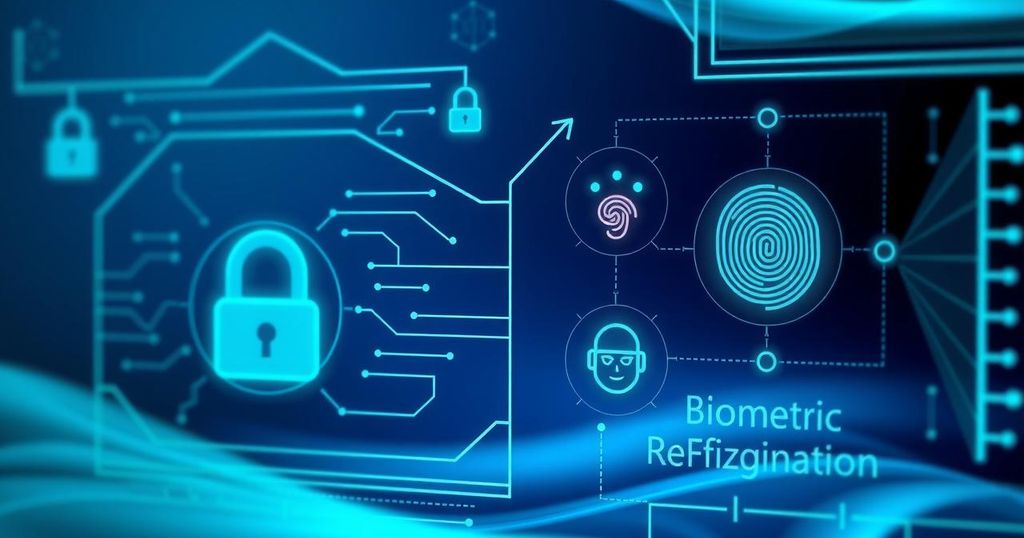The Identity and Access Forum has released a fall market snapshot detailing technological advancements in digital identity management, highlighting Syncable Authenticators and updates to risk management processes. Key discussions included healthcare identity issues and the necessity of upholding public trust in digital identities. Stakeholders emphasized the importance of standardized practices and ethical regulations to improve security and interoperability in identity management.
The Secure Technology Alliance’s Identity and Access Forum (IAF), a nonprofit organization focused on secure identification advancement, recently published its fall market snapshot unveiling the latest trends in identity and access management (IAM). This update was presented at a members-only meeting in August, where Ryan Galluzzo, the head of NIST’s digital identity program, highlighted a key development: the second public comment draft of NIST’s Digital Identity Guidelines SP-800-63-4. Among the prominent updates is the introduction of Syncable Authenticators, commonly referred to as passkeys. These innovative tools facilitate the export and synchronization of authentication keys across multiple devices, significantly bolstering defenses against phishing and replay attacks. While Galluzzo noted that these authenticators could be applicable for Authentication Assurance Level 2 (AAL2), he cautioned that they may not meet the demands for higher security levels due to restrictions on key exportability. Further updates also encompass a revised risk management process and a reorganization of identity proofing rules categorized by identity types—namely remote unattended, remote attended, onsite attended, and onsite unattended methods. These refinements in the guidelines are intended to enhance the efficiency and efficacy of identity proofing across diverse contexts. Addressing the critical issue of identity in healthcare, Linda Van Horn, CEO of iShare Medical, reported findings from a Texas study indicating significant challenges related to patient matching, which can result in detrimental medical errors stemming from inaccurate patient data. She advocated for the need for real-time data exchange to elevate the precision of patient records. In line with this, DirectTrust, a non-profit organization, is actively pursuing digital healthcare identity standards aimed at improving authentication and interoperability to guarantee timely and accurate medical information sharing. The forum also underscored the necessity for industry players to uphold public trust regarding the utilization of digital identities and data protection. In Canada, the Digital ID and Authentication Council of Canada (DIACC) is advancing a Pan-Canadian trust framework to provide standardized practices for digital identification. Concurrently, the International Biometrics Industry Association (IBIA) is championing the establishment of a cohesive national standard for personal information protection in the U.S. Experts such as Neville Pattinson from Thales argue for machine-verifiable, tamper-proof digital identities, while Teresa Wu from Idemia emphasizes the importance of ethical regulations and self-governance in the rapidly evolving digital identity sphere.
The Secure Technology Alliance is an organization dedicated to promoting secure identification solutions and technology. The Identity and Access Forum plays a crucial role in guiding advances in digital identity management, which is increasingly important in the face of growing cybersecurity concerns. Updates in the realm of digital identity are critical for creating robust frameworks that protect user data while improving access efficiency and security. Recent advancements like Syncable Authenticators show promise in enhancing security measures by allowing easier management of authentication mechanisms. Furthermore, issues surrounding identity verification are paramount in sensitive sectors like healthcare, where accurate patient data can have life-saving implications.
The fall snapshot released by the Identity and Access Forum highlights significant strides in digital identity advancements, particularly with the introduction of Syncable Authenticators aimed at improving security while supporting diverse identity proofing methods. The ongoing efforts to enhance patient matching in healthcare and the emphasis on maintaining public trust in digital identities reflect the critical need for comprehensive standards in this sector. As organizations and stakeholders work towards established frameworks and ethical practices, the potential for more secure and effective digital identity systems becomes increasingly realizable.
Original Source: www.biometricupdate.com







